Stinging Caterpillars
ENTFACT-003: Stinging Caterpillars | Download PDF | En Español
by Ric Bessin, Extension Entomologist
University of Kentucky College of Agriculture
Most people know that bees, wasps, hornets and some ants can sting to defend themselves or their nests. Only a few people realize, usually from first- hand experience, that handling some caterpillars can produce some painful results. Recognizing the few stinging caterpillar species in Kentucky may prevent irritating encounters.
Caterpillars are immature stages of moths and butterflies that often have spines and barbed hooks. With most species, these are for show and are quite harmless. But we have several few stinging caterpillars of various shapes, sizes and colors. We are fortunate that only the caterpillar stage of these species sting, the adults do not have stinging hairs. This factsheet describes some of the more commonly encountered stinging caterpillars in Kentucky which cause serious reactions. There are other less common stinging caterpillars and others common ones which may cause less severe reactions which are not listed here.
Stinging (‘urticating’) Hairs
Stinging caterpillars possess hollow quill-like hairs, connected to poison sacs, which are used as defensive weapons. When these hairs are touched they pierce the skin releasing poison. Reactions can range from a mild itching to the more severe pain, swelling, blistering, dermatitis, and even intestinal disturbances.
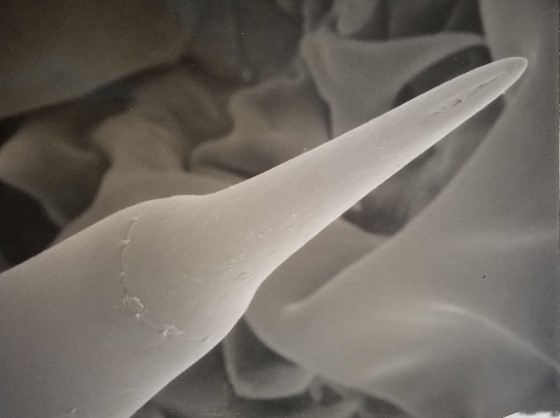
Figure 1. Urticating hair tip of a saddleback caterpillar showing the pore near the tip from which the toxin is secreted and the weakened ring where the tip breaks off the spine.
Giant Silkworm Caterpillars (Family Saturniidae)
We have many species of silkworm caterpillars in Kentucky, but only two members of this group possess poisonous spines. These are large leaf feeding caterpillars with numerous spines over the body. Some moths in this family represent some of the most colorful and showiest moths in the commonwealth.
Buck Moth (Hemileuca maia)
The mature two-inch caterpillar is brown to purplish black with numerous yellow spots. The body is clothed with branched black spines that may have red or black tips. These can be quite common on oak or willow trees from spring to mid-summer. They are commonly encountered when mature larvae wander off the trees where they fed in search of places to pupate. There is a single generation a year.
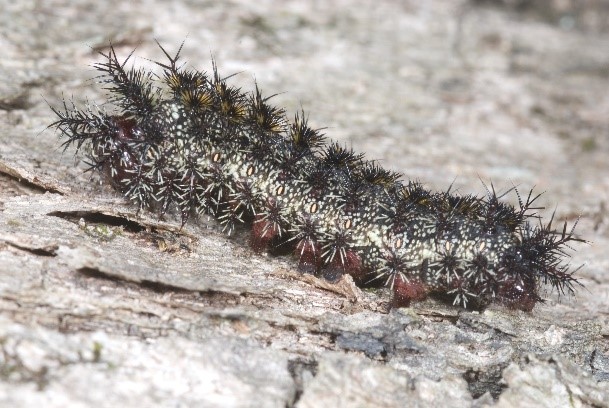
Figure 2. A mature buck moth caterpillar.
Io Moth (Automeris io)
The caterpillar is overall light green to yellow, but along each side there is a narrow red line bordered below by a white line. Mature caterpillars are two inches in length and covered with branched, black-pointed yellow spines. They feed on a wide variety of plants including corn, roses, willow, linden, elm, oak, locust, apple, beech, ash, currant, and clover.
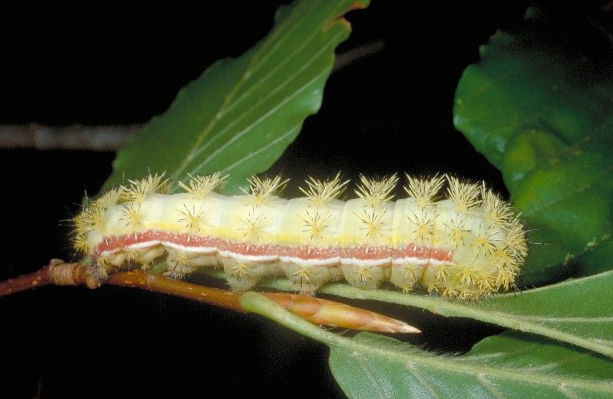
Figure 3. A mature Io moth caterpillar.
Flannel Moth Caterpillars (Family Meglopygidae)
There are several species of flannel caterpillars that may be encountered. The most commonly reported ones are the puss moth caterpillar and the white flannel moth caterpillar, but others in the group also possess stinging hairs. Unlike other stinging caterpillars the venomous spines are hidden underneath longer silky hairs. The shorter venomous spines from these may cause a painful sting and swelling that may last for days.
Puss Caterpillar (Megalopyge opercularis)
This one-inch caterpillar is covered with a dense wooly coat of soft brown hair, with hairs at the rear end tail-like. Beneath the long hair are numerous short poisonous spines that can cause severe irritation. They are found feeding on various trees and shrubs, including apple, elm, maple, hackberry, oak, sycamore and others. Young caterpillars often feed in groups. Sting severity increases with size of caterpillar. Puss caterpillar stings are often more severe than those of other caterpillars.
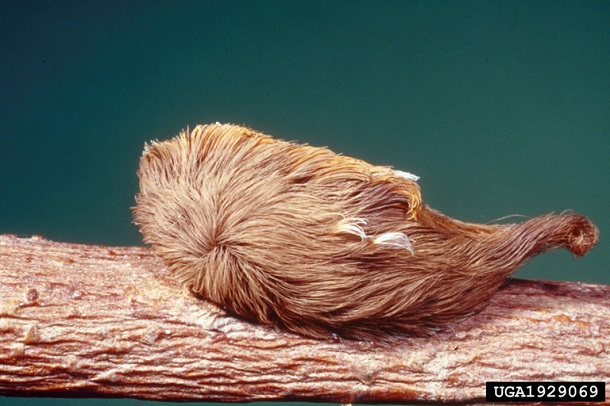
Figure 4. A pus moth caterpillar with a long tail of hairs (photo: G. Lenhard, Bugwood.org).
Black-Wave Flannel Moth Caterpillar (Megalopyge crispata)
Very similar in appearance to the puss moth caterpillar in their final larval stage, they can be commonly found in a younger stages which look somewhat different from mature larvae. The younger larvae bear long white wispy hairs. They feed on a wide variety of hardwood plants and can be common in late summer. The sting of black wave flannel moth is usually not a severe as the puss caterpillar.

Figure 5. Color variation with black wave flannel moth caterpillar. Note they are missing the long tail of the more venomous puss caterpillar.
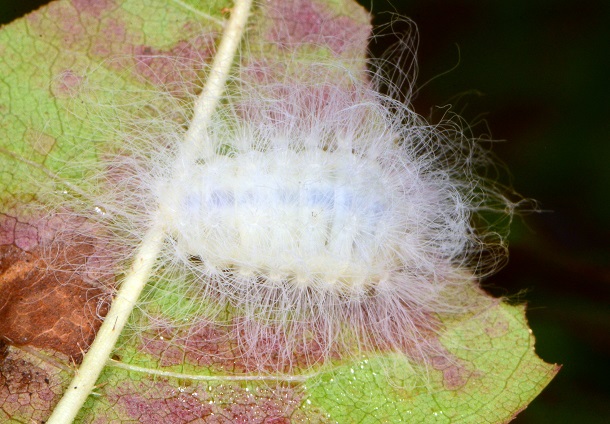
Figure 6. With younger black-wave flannel moth caterpillars, the long wispy hairs hide the venomous short, sharp spines.
White Flannel Moth Caterpillar (Norape ovina)
The mature white flannel moth caterpillar can reach 1-1/4 inch in length. The yellow body is marked with wide black stripe down the back bordered with red at each end. There are 11 pairs of raised yellow tuffs along this strip bearing hairs (setae). There are smaller tuffs along each side of the body. The dark long silky hairs do not sting, but shorter needle like hairs at the base of the tuffs are stinging. The larvae can be found on redbud, honey locust, hackberry, mimosa and beech. Larvae occur later in the summer.
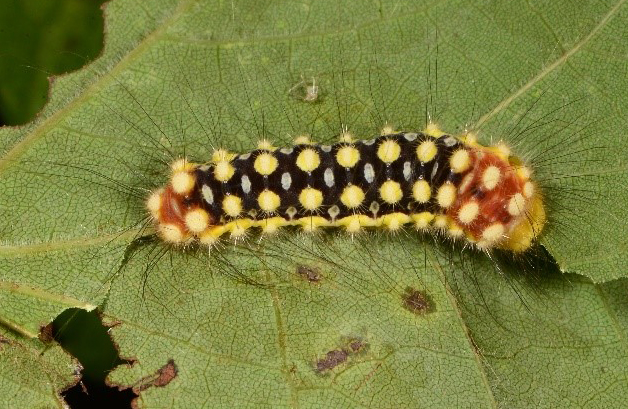
Figure 7. A white flannel moth caterpillar.
Slug caterpillars (Family Limacodidae)
Slug caterpillars are short and stocky and creep about on leaves in a slug-like manner. The head and legs are not visible from above. Typically, there is one generation per year with the grown larvae found in the late summer.

Figure 6. Small slug caterpillars may be found feeding in groups, but the older larvae are solitary feeders.
Saddleback Caterpillar (Sibine stimulea)
The caterpillar is brown in front and rear, green in the middle with a purple spot in the center of the green saddle. There are two prominent horns on both the front and rear. Stings by this insect can cause severe irritation. Saddlebacks can be common are typically found on deciduous trees such as basswood, chestnut, cherry, oak, and plum, but occasionally they can be numerous on corn.

Figure 7. A saddleback caterpillar with one damaged horn.
Hag Moth (Phobetron pithecium)
A bizarre caterpillar that resembles a dried leaf. The caterpillar is brown with nine pairs of fleshy lobes, all with stinging hairs. It is found on lower branches of assorted trees and shrubs, including oak, chestnut, dogwood, sassafras and ash. The caterpillars are usually seen feeding on the undersides of leaves.
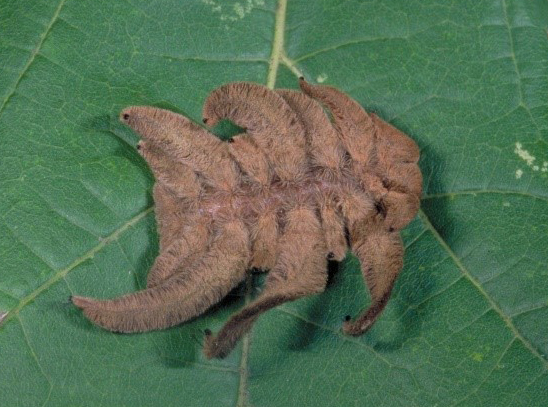
Figure 8. A hag moth caterpillar, also known as the monkeyslug caterpillar.
Stinging Rose Caterpillar (Parasa indetermina)
A yellow to red spiny caterpillar with black and blue stripes down the middle of its back and less distinct red, blue and black stripes along the side of the body. There are prominent spiny yellow horns on the front, rear and center of the body. They can be found feeding on bushes and low tree branches of redbud, oak, hickory, bayberry, wild cherry and sycamore.
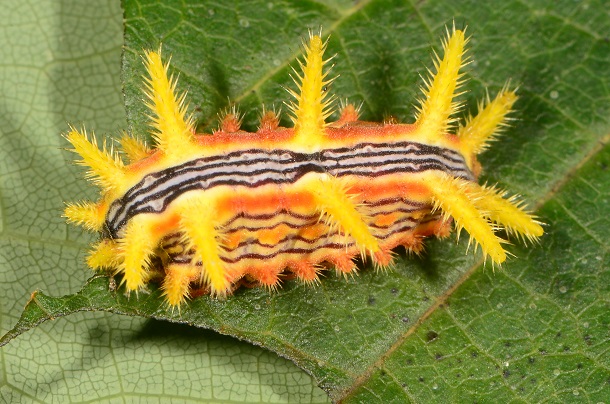
Figure 11. A stinging rose caterpillar.
Spiny Oak Slug (Euclea delphinii)
The pale yellow green caterpillar has four dark patches of spines toward the rear and numerous spiny, yellow or red fleshy lobes. Grown caterpillars have a brown area on back. It feeds on oak, beech, chestnut, willow, pear, bayberry, sour wood, wild cherry and other trees. It is less venomous than the saddleback caterpillar.
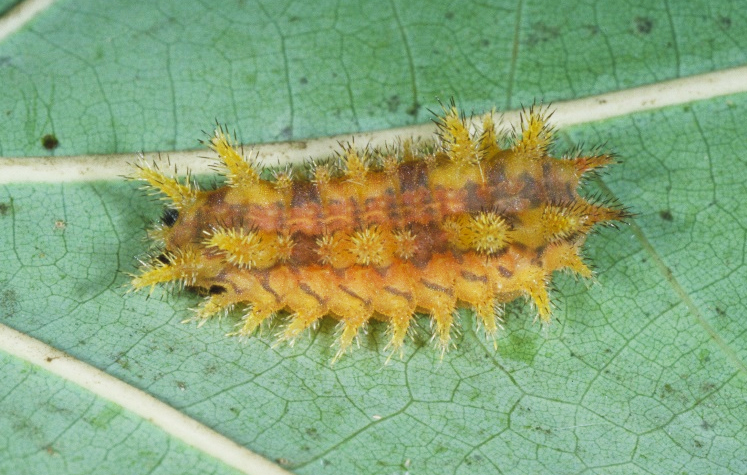
Figure 12. Spiny oakworm caterpillar can be quite variable in color.
How to Avoid Stings
Most encounters with stinging caterpillars result from accidently brushing against leaves on which they are feeding. The chances of running into these insects are relatively low, but occasionally one species may be very abundant. Also the more time spent in wooded areas, the greater the opportunity for contact. Most of these caterpillars are distinctly marked or brightly colored. We call this warning coloration. This can allow you to see and avoid them. If you find one on yourself, don't brush it off or slap it with a bare hand. Use a stick or other object to remove it carefully. Hollow spines may break off in clothing or gloves.
First Aid for Stings
No really effective home first aid treatments for caterpillar stings are available. Adhesive tape or transparent tape may be used to pull out some of the broken spines in the sting area. Washing the area thoroughly with soap and water may help remove some of the irritating venom. Prompt application of an ice pack or baking soda may help to reduce pain and prevent swelling. Antihistaminic drugs, often administered for bee and wasp stings, are reportedly ineffective. See a physician if severe reactions occur. Very young, aged or unhealthy persons are more likely to suffer severe reaction symptoms.
Control
Generally, stinging caterpillars are infrequently encountered and preventive sprays are not recommended. When single caterpillars are found, often the leaf or stem they are on can be clipped and relocated. But where stinging caterpillars are numerous or present hazards to persons, such as around residences, recreation areas or schools, infested shrubs and trees may be sprayed to eliminate or reduce the caterpillars. Use products containing Bacillius thuringiensis or carbaryl for control. Always read and follow label instructions.
Revised: 11/19
CAUTION! Pesticide recommendations in this publication are registered for use in Kentucky, USA ONLY! The use of some products may not be legal in your state or country. Please check with your local county agent or regulatory official before using any pesticide mentioned in this publication.
Of course, ALWAYS READ AND FOLLOW LABEL DIRECTIONS FOR SAFE USE OF ANY PESTICIDE!
Images: Ric Bessin, University of Kentucky Entomology
